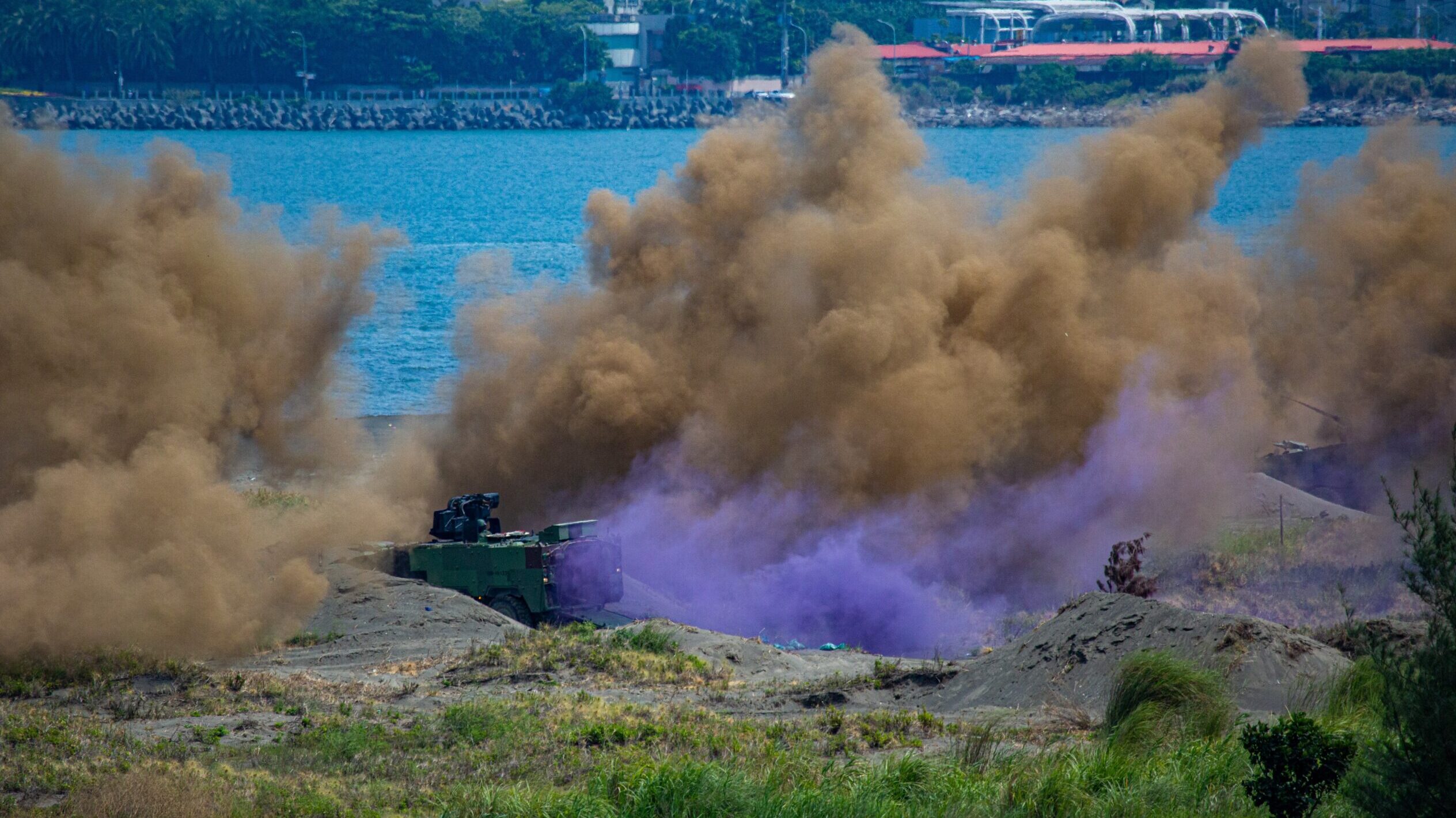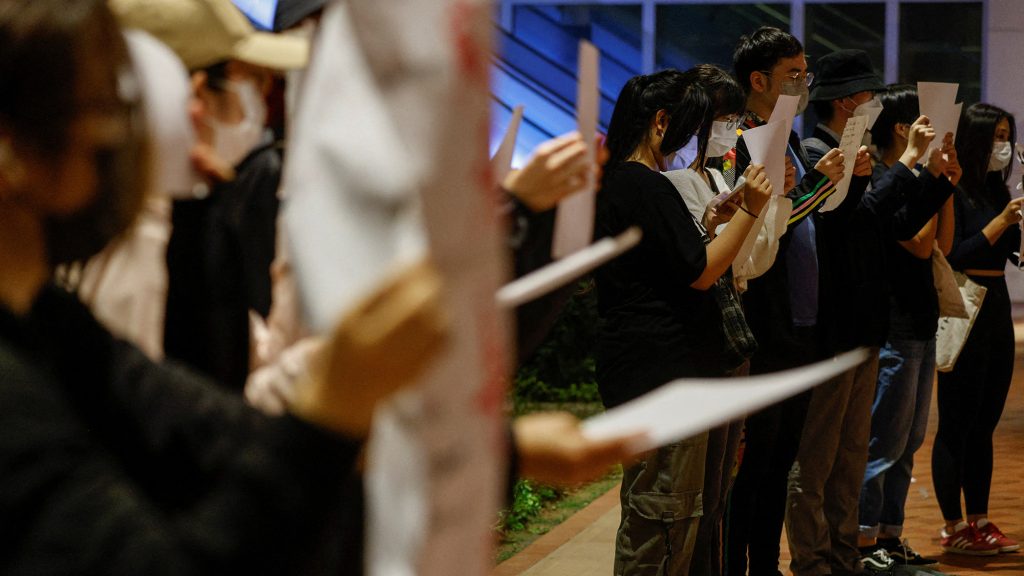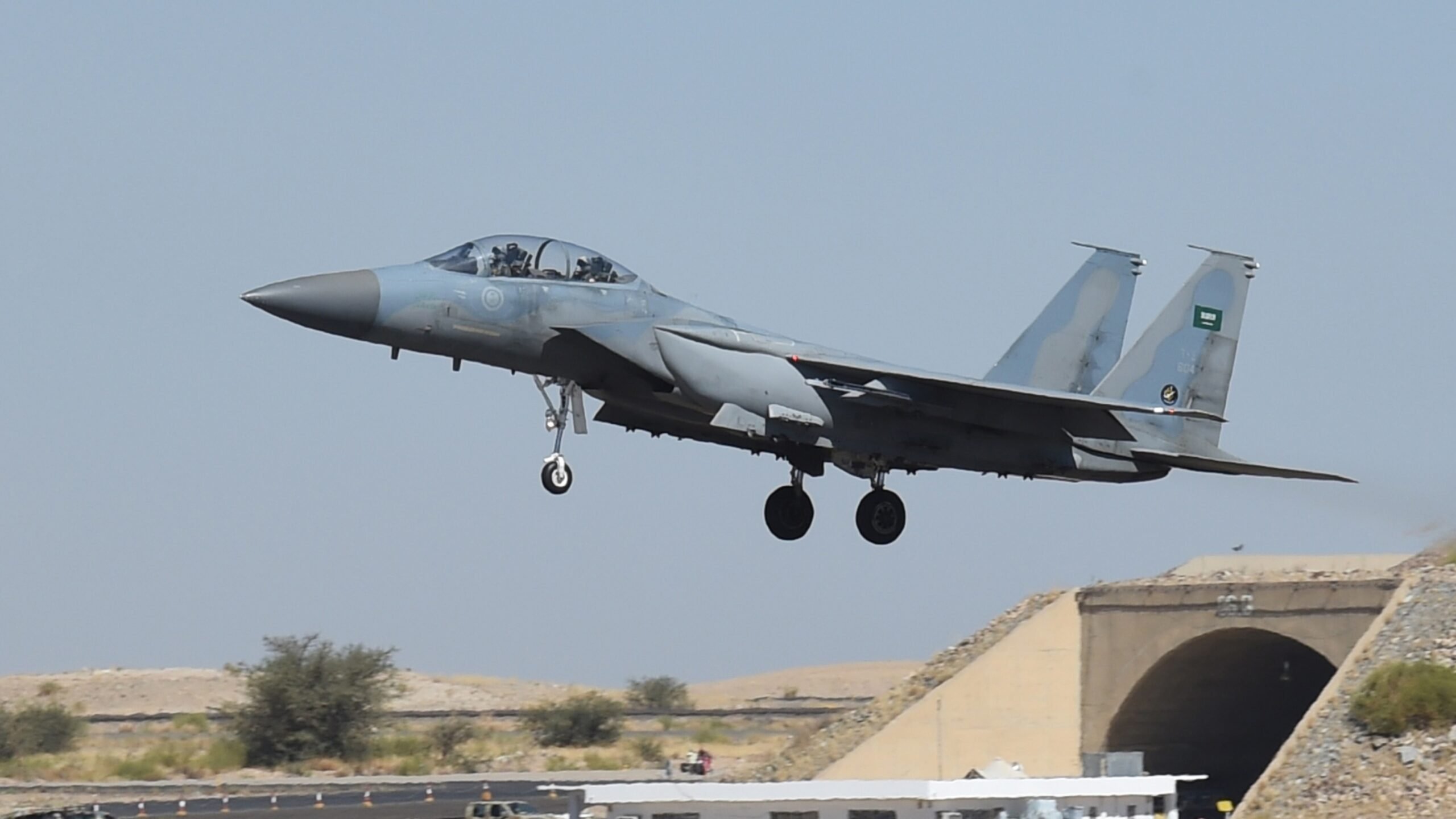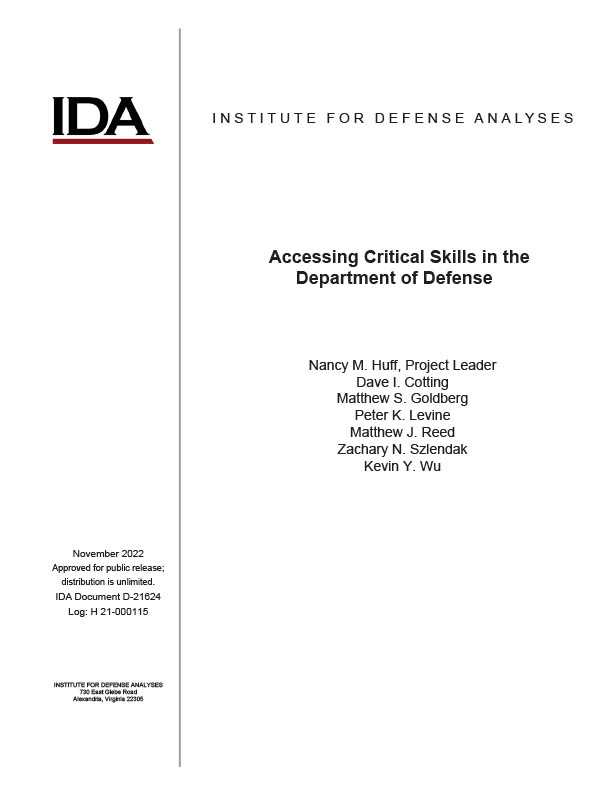Michael Hochberg & Leonard Hochberg
“Justice is benefiting friends and harming enemies.”
- Polemarchus, Plato’s Republic
Introduction
Polemarchus, in Plato’s Republic, fully appreciated that, from a geopolitical perspective, knowing who your friends and your enemies are, and who they may be in the future, is a cardinal virtue. Considering what can be done to benefit friends and harm enemies in the international arena is a critical feature of strategic thought. Many Americans don’t appreciate the importance of strategic thought, particularly regarding the current conflict in Ukraine. Ukraine may not be the perfect ally. Its democratic institutions are newly formed, corruption is allegedly rampant, and the war with Russia has strained its commitment to classical liberal values. Nevertheless, its strategic interests do align with the United States as far as Russia, an autocratic regime that is seeking to overturn the rules-based international order, has once again invaded Ukraine to seize more territory and constrain Ukraine’s declared intent, as a sovereign state, to join the European Union and NATO. The United States, as the foremost maritime power, has an enduring interest in stopping Russia from dominating the Black Sea; therefore, the United States must seriously consider defending the territorial integrity of Ukraine.
What should the United States do in response to this Russian invasion? In any adversarial relationship, strategic thinking requires aligning means with ends. Any proposal of means–shipment of offensive and/or defensive weapons, economic sanctions, activation of alliances, supply of foreign aid, expressions of indifference, withdrawal of support, or other actions–should start with the articulation of the specific ends sought. The ends may include imposing one’s will on an enemy through a military victory, blunting an attack in preparation for a negotiated settlement on more or less equal terms, the restoration of status quo that existed prior to the conflict, a territorial conquest, rejoining an ethnic irredenta with a nation-state, forcing an adversary to change specific policies, restoring adherence to a rules-based international order, and myriad other outcomes dictated by politics.







:quality(70)/cloudfront-us-east-1.images.arcpublishing.com/archetype/UFDSGWKWPRGGZCLDXAOQ4WIFYE.jpg)







